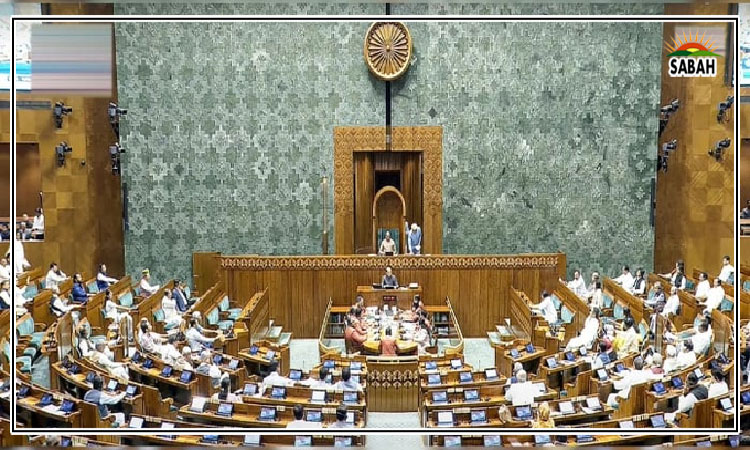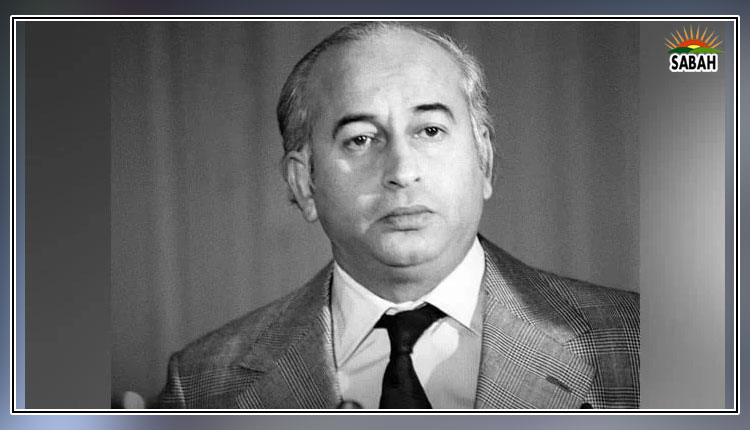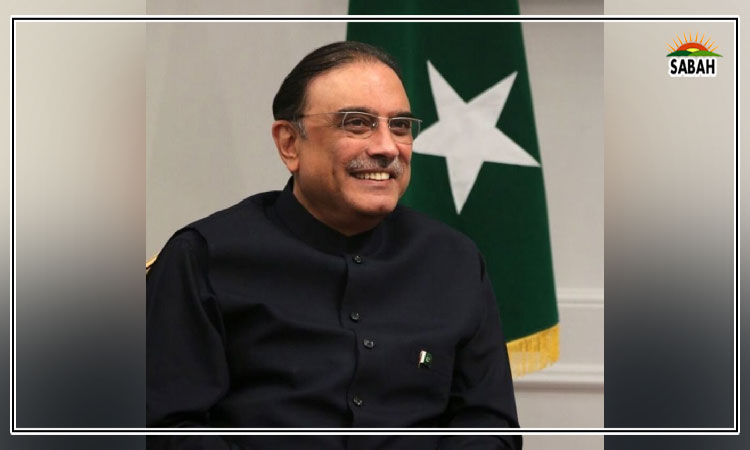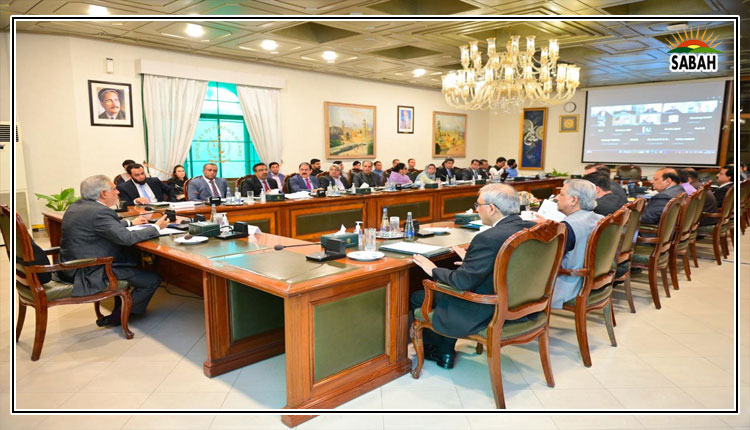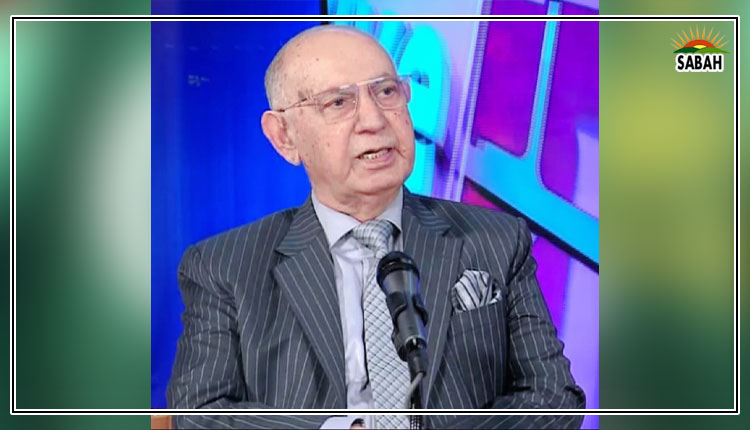How to appoint a judge…….Foqia Sadiq Khan
Once general elections are held in the country, Pakistan needs to focus on a number of economic and political reforms. It might be worthwhile to streamline the seemingly lop-sided process of judicial appointments and judicial accountability as well.In my article The accountability question (May 7), I briefly discussed judicial appointments. Now I will expand the debate on judicial appointments in Pakistan with reference to examples from other developing countries largely based on International IDEA (Institute for Democracy and Electoral Assistance) Constitution-building Primer-4.
The literature outlines four key methods of judicial appointments: (a) single-body appointment mechanisms; (b) professional appointments; (c) cooperative appointment mechanisms; and (d) representative appointment mechanisms.The executive branch typically enjoys the power of judicial appointments in the single-body mechanisms. In the professional appointments generally existing judges play a key role in the appointment of judges (what we currently have in Pakistan largely). In this mechanism, the bench is self-perpetuating through a formal co-optation process that subjects prospective judges to approval by their superiors.
The downside is that a self-perpetuating judiciary can protect judicial independence and professionalism, but it can also concentrate power within the senior judiciary, undermining the independence of individual judges and making the bench conservative, unrepresentative, unaccountable and unresponsive to the public. And we are witnessing some of these developments identified in the literature in the judicial functioning of Pakistan.
In the cooperative mechanism, two different bodies cooperate with each other to appoint the judges. One institution can nominate them and the other can consent to those appointments. In Brazil, the Supreme Federal Court judges are nominated by the Brazilian president and then those nominations are approved by an absolute majority in Brazils Senate.In Pakistans system of judicial appointments, there is also the role of the parliamentary committee in ratifying the appointments forwarded by the Judicial Commission of Pakistan. So it may seem as if Pakistans mechanism is also cooperative. However, in Pakistans mechanism, judges play the key role in this process of judicial appointments and it is not really a cooperative mechanism but one tilted towards the self-perpetuating judiciary.
In the representative mechanism, two or more institutions each appoint a certain number of judges to the supreme or constitutional court. Mongolia is an example of it whereby one-third of the judges of the constitutional court are appointed by the Mongolian president, another one-third by the judiciary, and the remaining one-third by parliament.There is an essential difference between the cooperative mechanism and representative mechanism; in the former the judges are appointed with the cooperation or at least acquiescence of different institutions, whereas in the representative mechanism, each institution appoints its own referrals severally and that can produce an internally fragmented court.
Literature points out that in practice, there are mixed mechanisms as well. The above appointment mechanisms can be combined in creative ways. For example, a representative appointment mechanism may provide for some members of a court to be appointed by the executive and others to be appointed by a cooperative mechanism that requires the joint approval of two or more actors. The bodies that participate in a cooperative appointment process may themselves be constituted on a representative basis. Jamaica is quoted as an example in the document where a mixed mechanism is applied.
In Pakistan, the chief justice of the Supreme Court has a central role in judicial nominations. Reema Omer, a legal advisor to the International Commission of Jurists, has explained the Pakistani system of judicial appointments and pre-pondering role of the chief justice of Pakistan very nicely in her August 2022 article published in Dawn entitled Paterfamilias?. This term means the head of judiciary.Before the 18th Amendment in April 2010, the judges to the Supreme Court were appointed by the president in consultation with the chief justice of Pakistan (CJP) and the recommendations were almost binding. The 18th Amendment tried to make the process of judicial appointments including the nominations more transparent, accountable and inclusive. However, the post-18th Amendment judicial activism largely subverted it.
As a result in the Pakistani system, only the CJP has the power to nominate judges for their appointment in the Supreme Court. These names are considered by the Judicial Commission of Pakistan (JCP) where the majority of the membership belongs to judges including the CJP. Although the federal law minister, attorney general, and one senior advocate representative from the Supreme Court Bar Association are also the members of the JCP, only the CJP can initiate the proceedings by recommending names for consideration that makes him the gatekeeper in this process.
Other countries such as South Africa, invite nominations, where interested candidates apply to be considered for appointment to the Supreme Court. The Pakistani system relies too heavily on the integrity, independence and good choice of just one man (Justice Khosas words).
Once the JCP finalizes the nominations, they are sent to the parliamentary committee with the equal representation of the treasury and opposition in the National Assembly and the Senate. Finally, the president issues the order of the appointment of judges.
As far as some other developing countries are concerned, the International IDEA document states that in Kenya, the judicial council for the appointment of judges consists of a) the chief justice (chairperson); b) four judges elected by the judiciary at various levels; the attorney-general; two advocates: one woman and one man; one person nominated by the Public Service Commission; two lay representatives, one woman and one man, appointed by the president with the approval of the National Assembly.
In South Africa, a) chief justice (presiding); b) president of the Supreme Court of Appeal; one judge president designated by the judges president; the minister of justice; two practicing advocates and two practicing attorneys appointed by the president; one teacher of law designated by teachers of law at South African universities; six individuals designated by the National Assembly from among its members, at least three of whom must be members of opposition parties; h) four members of the upper house appointed with the consent of at least six provinces; i) four individuals designated by the president after consulting the leaders of all the parties in the National Assembly form the judicial council for the appointment of judges.
In India, the constitution of India states that judges are appointed by the president on the binding advice of the council of ministers in consultation with the chief justice of the Supreme Court. In principle, this appears to be a form of single-body appointment by the executive, with the professional element performing only a consultative role. In practice, the Supreme Court of India has interpreted the consultation of the chief justice as having a binding characterMoreover, the chief justice is bound to consult the four most senior judges of the Supreme Court before tendering advice…Thus, the appointment mechanism is in effect cooperative, requiring the joint assent of the executive and judicial branches.
It is clear that the CJP has a crucial role in the judicial appointments in the Supreme Court of Pakistan and also the senior-most judges are in majority in this process in the JCP. This surely is a lop-sided process if one compares it with some of the other developing countries and needs to be balanced in the next set of judicial reforms.
The writer is an Islamabad-based social scientist. She can be reached at: fskcolumns@gmail.com
Courtesy The News



